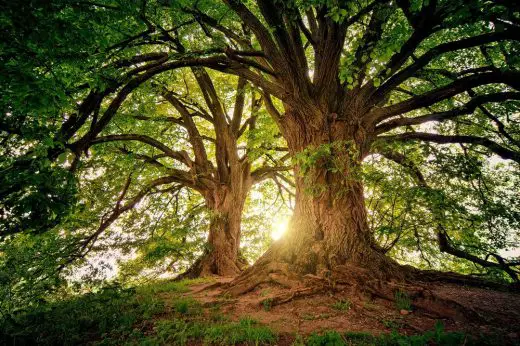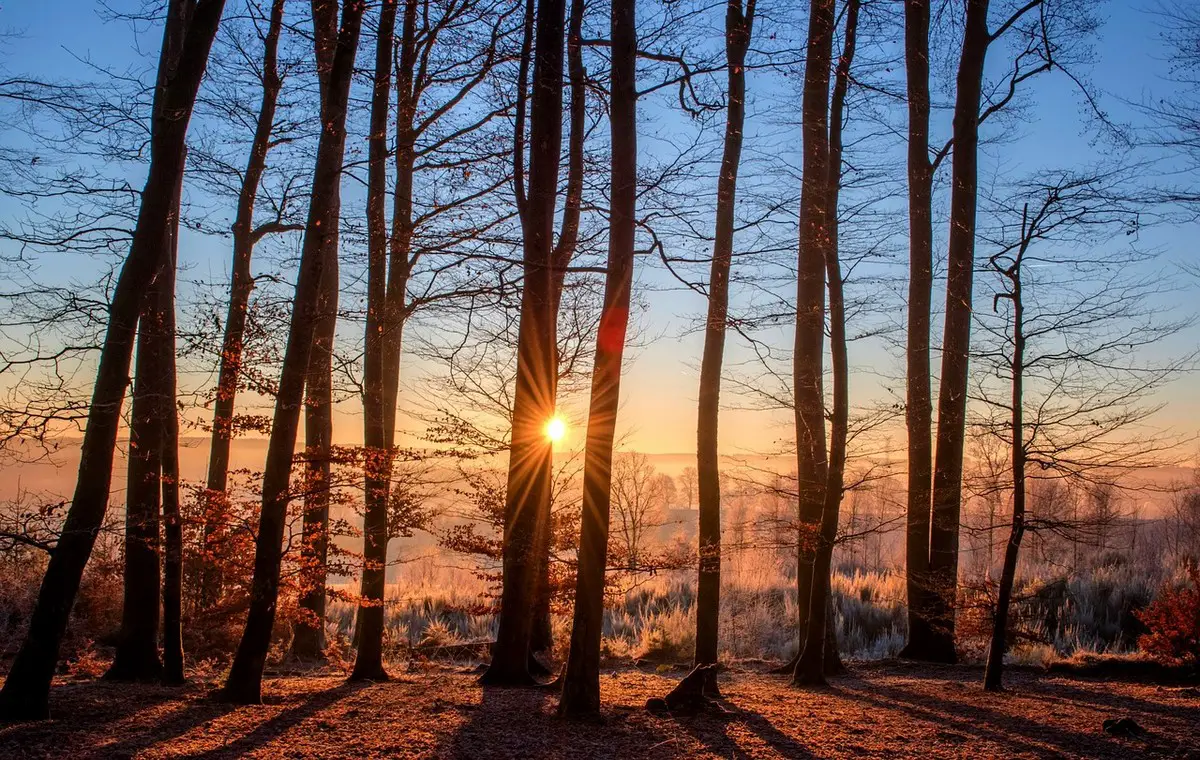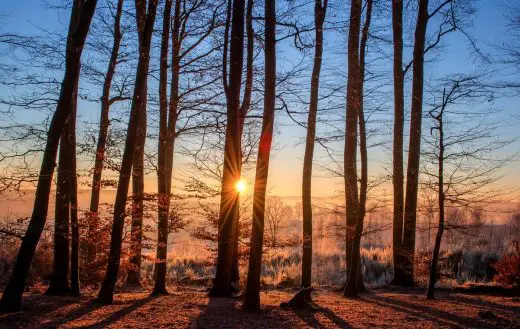Why are trees so important to buildings guide, Home safely remove dying tree advice
Why Are Trees So Important to Buildings?
13 September 2023
Introduction
Hey there! Have you ever really stopped to think about how important trees are, especially in urban environments? I know I never gave them much thought until recently. But it turns out that trees provide a ton of benefits to buildings and cities that make them pretty invaluable. Keep reading to find out why you should care about trees more than you probably do!
Trees Are Eco-Superheroes
Trees are kind of like ecological superheroes – they have all sorts of powers that help the buildings and environment! Here are some of their coolest abilities:
Beating Back Floods
Have you ever noticed how much flooding happens in cities compared to more rural areas? That’s because cities have way more impervious surfaces like concrete and asphalt that prevent rainwater from soaking into the ground. The runoff from all these hard surfaces causes flooding when it rains heavily.
Trees help mitigate this by capturing and storing rainwater with their canopy and roots. A mature leafy tree can absorb over 400 gallons of water in a day! And all that water absorbed by trees then slowly evaporates back into the air instead of turning into runoff. It’s estimated that a single tree can reduce runoff by over 2000 gallons each year. Very handy during big storms!
Removing Trees if Necessary for Safety
The amount of money trees save in energy and their positive impact on property values far outweigh the costs of planting and caring for them. However, sometimes they die or get damamged. In this case, use experts to safely remove the dying tree. Regarldess of potential problems, trees are definitely a smart long-term investment for cities and building owners.
Clearing the Air
Air pollution is a huge problem in many cities and can cause major health issues over time. Luckily, trees make excellent natural air filters! Their leaves and bark are covered with tiny pores that trap dust, pollen, and other pollutants floating around in the air. One big tree can scrub up to 60 pounds of pollutants out of the air each year.
Trees also release oxygen through photosynthesis while absorbing carbon dioxide. So planting more trees can help rebalance oxygen levels, which tend to be lower in urban areas. It’s a win-win for cleaner, healthier air!
Chilling Out Overheated Cities
You’ve probably noticed that cities tend to be way hotter than the countryside, especially in summer. This “urban heat island” effect happens because all the asphalt, concrete, and dark rooftops absorb heat during the day and then radiate it back out at night.
Luckily, trees can help cool cities back down through transpiration and shade. Transpiration is when trees release water vapor through tiny pores in their leaves, which cools the surrounding air. Their leafy canopies also provide excellent shade coverage to cool the ground below. It’s estimated that the cooling effect of a mature tree is equivalent to ten air conditioners running for twenty hours!
Plus, all that shade means less direct sunlight hits buildings. This reduces air conditioning needs in the summer, saving energy. It’s a triple threat of cooling benefits!
Trees Are Good for Health
In addition to environmental perks, trees also boost physical and mental health for humans. Here’s how:
Promoting Active Living
Places with more trees and greenery tend to encourage more physical activity like walking or biking. Scientists think it’s because lush vegetation makes environments more inviting to get out into. And spending more time outdoors and being active has all kinds of health benefits, like lower blood pressure, cholesterol, and stress hormones.
Reducing Stress and Improving Mental Health
Speaking of stress, studies show that being around trees and nature lowers levels of the stress hormone cortisol in human bodies. Without as much cortisol flooding your system, you feel more relaxed and less anxious. Who knew a simple tree could double as a chill pill?
Plus, lower levels of air pollution thanks to trees absorbing contaminants also improve health. It’s a winning combination for both mind and body!
The Green Advantage for Buildings
Beyond the eco and health perks, trees also benefit buildings and cities economically:
Boosting Property Values
Leafy green neighborhoods are in high demand, which directly translates to dollars when buying or selling real estate. Houses on tree-lined blocks have been found to sell for 5-10% more on average than comparable homes without trees. And apartments or offices near parks and green space also command higher rents. Clearly, trees have serious curb appeal! However, some people take their tree dwellings to extreme levels like this abode.
Saving Money on Energy
As mentioned earlier, trees provide free shade and cooling through transpiration. By keeping buildings cooler in summer, trees directly reduce the need for power-hungry air conditioning. Studies estimate properly placed trees can cut air conditioning costs by 30% or more. That’s a big savings on energy bills!
How to Effectively Include Trees in Developments
Alright, hopefully I’ve convinced you of how amazing trees are by now! But to get all these benefits, trees need to be carefully incorporated into developments right from the start. Here are some key considerations for successfully adding trees to your property:
Smart Spacing
When planting trees, it’s important to give them adequate space to grow both above and below ground. Be sure to follow local guidelines for spacing trees away from buildings, sidewalks, power lines and other trees. Remember, those cute saplings will grow into large trees, so plan ahead!
Supporting Tree Health
In cities, soil often becomes overly compacted from constant foot traffic. Compacted soil prevents tree roots from getting the air and nutrients they need. To avoid this, protect the area around a tree with tree grates or defensive landscaping so soil stays loose.
It’s also crucial to provide enough soil volume when planting trees. In urban areas, you may need to amend the soil with compost or install load-bearing sidewalks to allow roots to spread properly. Proper watering and care while trees are young will set them up for health and vigor.
Picking the Right Species
Selecting tree species for your backyard that are adapted to the local climate and site conditions is key. Try to pick native species when possible, since they evolved to thrive in your area’s environment. Also consider the tree’s mature size and shape to find ones that will fit the available space without needing excessive pruning.
It’s ideal to choose trees resistant to common diseases and pests too. This minimizes maintenance needs and ensures your trees have a long, healthy lifespan. A little research into different species goes a long way!
Tree Removal – Be Safe and Careful
While the focus has been on planting trees, sometimes you need to remove trees that are old, diseased, or pose a safety risk. If you have a questionable tree and don’t understand tree removal basics, hire certified arborists to assess it rather than trying to cut it down yourself. Professionals have the skills to safely remove trees near buildings and power lines. Let the experts handle this hazardous work!
Leaf Things Greener
Well there you have it, a crash course on why trees deserve more recognition and inclusion in urban planning. They’re truly multi-talented MVPs that boost property values, save energy, clean the air, soak up flood water, cool cities, encourage active lifestyles, reduce stress…the list goes on!
Comments on this guide to Why are trees so important to buildings article are welcome.
Trees
Trees Posts
What to do with the Trees in your Garden

8 unexpected benefits of trimming trees
How to choose trees for backyards
Gardens
Gardens Posts
How to Take Care of Your Growing Plants in the Garden
Expert gardening tips for your home exterior
Landscaping and garden design ideas for your outdoors
Homes
Residential Architecture Articles
Comments / photos for the Why are trees so important to buildings advice guide page welcome






